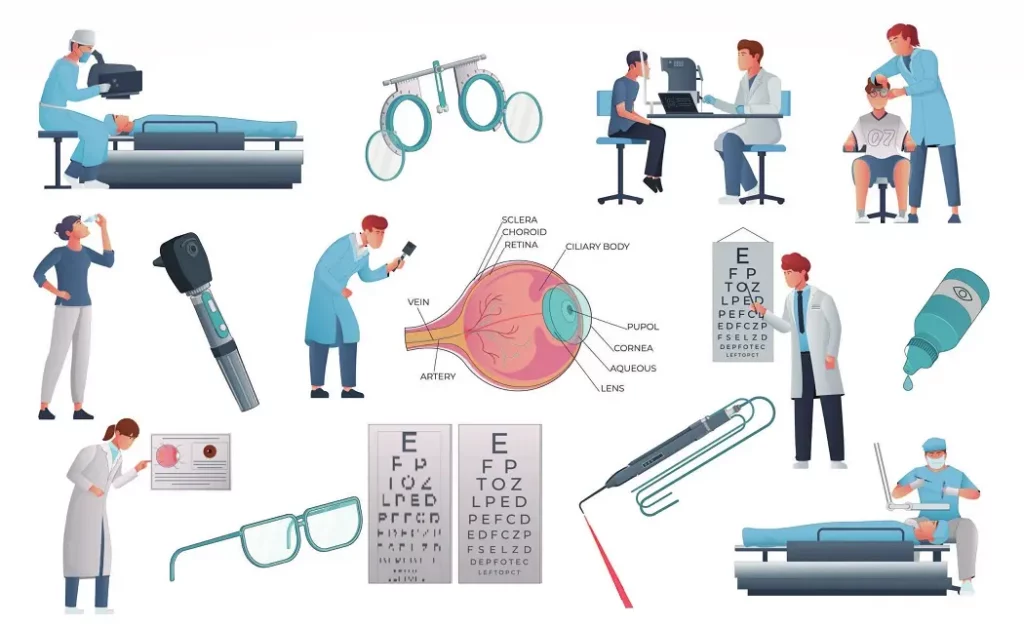All Categories
Featured

Laser eye surgical procedure has actually been a game-changer for vision modification, offering individuals an option to glasses and call lenses. Recent technologies have actually taken these treatments to the following degree, boosting accuracy, safety, and results. Listed below, we explore the most up to date advancements that are transforming the area.
- Contoura Vision LASIK
Contoura Vision LASIK is a topography-guided laser treatment that tailors modification based on the individual's corneal topography. This innovative treatment maps over 22,000 unique points on the cornea, attending to blemishes with identify precision. People commonly report better-than-20/ 20 vision post-surgery, along with improved evening vision and decreased glare.
- Transepithelial PRK (TransPRK)
Transepithelial PRK is a non-invasive surface ablation strategy that gets rid of the demand for creating a flap, as is performed in standard LASIK. The laser removes the corneal epithelium and improves the cornea in a single step, minimizing the risk of issues. TransPRK is especially valuable for individuals with thin corneas or those prone to dry eyes.
- CustomVue Innovation
CustomVue is a wavefront-guided system that leverages the individual's unique optical finger print to develop a customized treatment strategy. This strategy fixes typical refractive errors in addition to higher-order aberrations, which conventional techniques may not deal with. The result is sharper, much more accurate vision with fewer adverse effects.
- Laser Blended Vision for Presbyopia
For patients experiencing presbyopia, a problem that makes near vision fuzzy with age, laser mixed vision supplies an option. This method changes the dominant eye for range vision and the non-dominant eye for close to vision, developing a smooth blend that lowers reliance on analysis glasses.
- Robotic-Assisted Laser Surgical Procedure
Robotic-assisted laser systems are improving the precision and consistency of laser eye surgical procedures. These systems reduce human mistake by automating intricate steps and supplying real-time responses to the specialist. The outcome is a more predictable result and better client safety.
- Corneal Cross-Linking Incorporated with Laser Surgery
For individuals with keratoconus, integrating corneal cross-linking with laser surgery has ended up being a groundbreaking approach. Cross-linking strengthens the cornea by increasing collagen bonds, supporting its form before or after refractive modification. This mix supplies improved vision and lasting security.

- Eye-Tracking Technology
Modern laser systems are outfitted with advanced eye-tracking innovation that monitors eye motions during the procedure. This makes certain the laser remains specifically straightened with the treatment area, also if the individual's eye shifts. The result is boosted precision and decreased danger of errors.
- Expanded Treatment Options for Complex Instances
Developments in modern technology now make it feasible to treat people with complex conditions, such as high refractive mistakes, slim corneas, or uneven astigmatism. Treatments like SMILE (Little Laceration Lenticule Removal) and topography-guided LASIK are increasing the pool of qualified candidates.
Final Thought
The most up to date technologies in laser eye surgical treatment are not only enhancing results yet additionally making the treatments obtainable to a more comprehensive series of individuals. From customized treatments to robot precision, these innovations are paving the means for a future where vision modification is safer, quicker, and a lot more reliable than ever. Get in touch with a knowledgeable ophthalmologist to check out the choices that finest fit your demands. if you're thinking about laser eye surgical treatment.
Latest Posts
Discover Affordable Auto Repairs with Montclare’s Exclusive Service Specials
Published May 27, 25
1 min read
Check Out Montclare Auto Repair’s Highly Requested Auto Repairs and Why Drivers Choose Them
Published May 25, 25
1 min read
Find Out Why Chicago Drivers Choose Montclare Auto Repair for Dependable Service and Big Savings
Published May 24, 25
1 min read
More
Latest Posts
Discover Affordable Auto Repairs with Montclare’s Exclusive Service Specials
Published May 27, 25
1 min read
Check Out Montclare Auto Repair’s Highly Requested Auto Repairs and Why Drivers Choose Them
Published May 25, 25
1 min read
Find Out Why Chicago Drivers Choose Montclare Auto Repair for Dependable Service and Big Savings
Published May 24, 25
1 min read